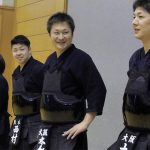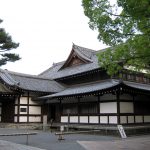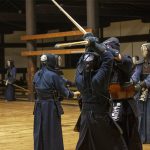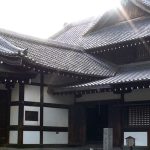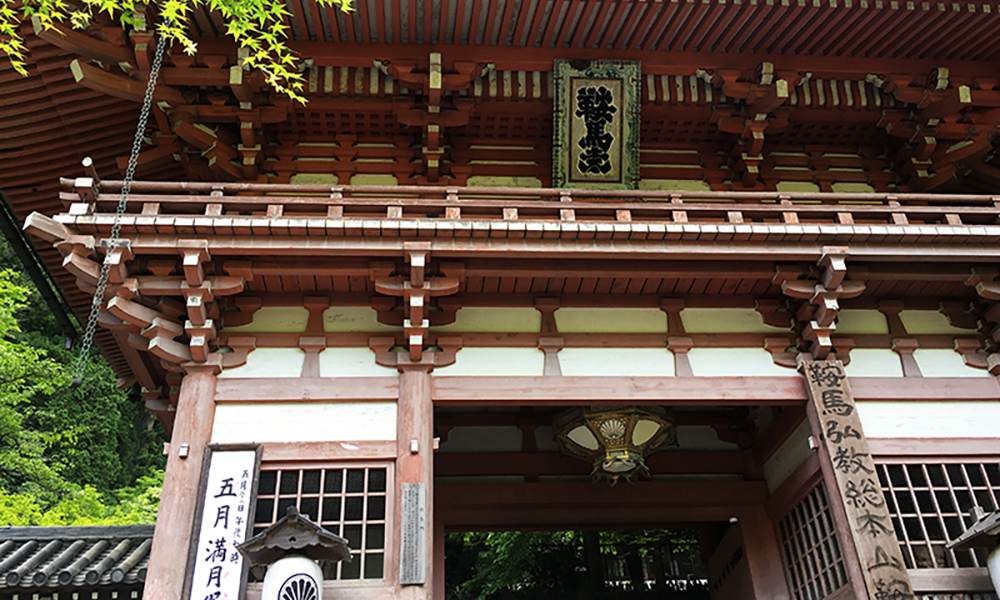
Minamoto no Yoshitsune, Kenjutsu, and the Tengu
The namesake of one of our most popular bogu, the Kurama Set is named after the highest peak in Kyoto, Mt. Kurama. I decided to visit the mountain and see with my own eyes what makes it special.
Mt. Kurama is located North of Kyoto. It is believed that Kurama is infused with energy from the deity Mao-son and later is also where Bishamonten is enshrined. The thousand-armed Kannon bodhisattva (two of the most important deities in Japanese Buddshism) and is until today they are worshipped together as Sonten (symbol of cosmic energy) making Kurama a very mystical place. It is also said that the Tengu that was taught Minamoto no Yoshitsune swordsmanship also lives here. With so many mysteries, how could I not give it a visit?
Next to Mt. Kurama there is the Kibune Shrine – where they believed that the Goddess that gave birth to the very first emperor of Japan “sailed to.”
When I decided to visit Mt. Kurama, many friends had advised me to start from Kibune and work my way up to Kurama, although most people start from Mt. Kurama and move in the opposite direction.
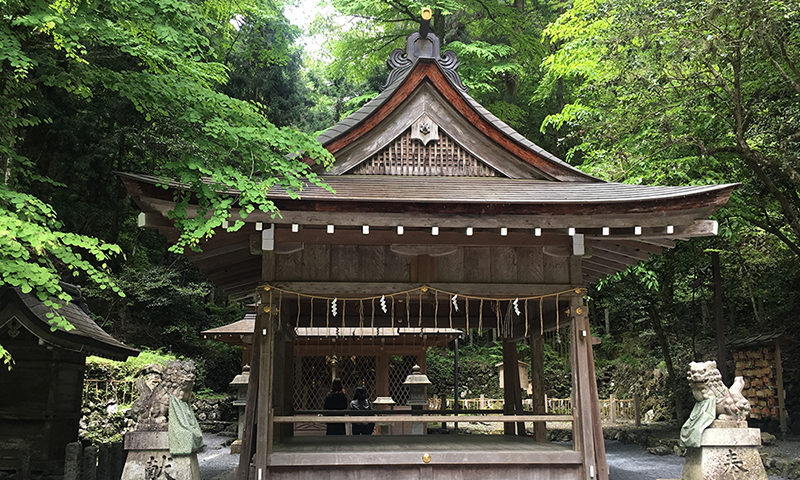
I reached Kibune-guchi station which is surrounded by the natural beauty of the northern Kyoto mountain range. As such I decided to walk to the shrine rather than taking the bus. The scenery when I arrived at Kibune Shrine was extraordinarily beautiful. The old wooden Shrine is surrounded by multiple varieties of greenery and small waterfalls. In Kibune, as it is said, a God of water resides. They have an omikuji which is only revealed by water, which I have tried with delight.
After I finished praying at Kibune, I started climbing Mt. Kurama from the Nishi-mon (the Western gate). The first temple you can see when climbing from this gate is the Okunoin Mao-den and is soon followed by Yoshitsune-do. Where there is a sign stating that Yoshitsune’s spirit returned to Mt. Kurama and to this day his spirit still resides there. Which is a nice thought as he spent much of his time growing up here. Later as you continue your walk, you can see other small temples here and there among small waterfalls that the monks used to drink water from in days passed. Finally, you will reach the main Temple.
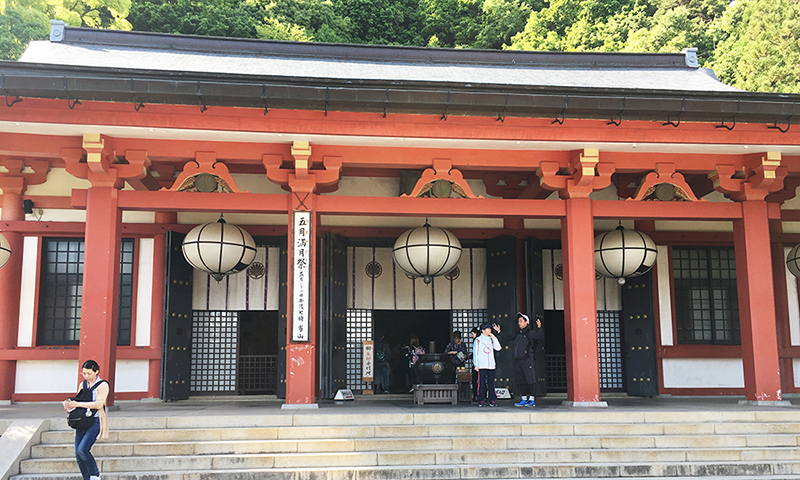
Walking around all the trees and wooden temples and gazing upon the orange-red color of the main temple is breathtaking. It looks glorious and fits right in nestled among the green scenery. Also, something that is differs from most other temples are Kuramadera’s guardian statues. In most shrines and temples you will see Kuma-inu. However, protecting Kurama, (although still known as kuma-inu) the animals that guard the temple are Tora (tigers). The reason for that is a legend which says that when the monk Ganji founded the temple, one of his disciples was attacked by Oni. The God Bishamonten appeared, saving him. This is said to have occurred on the month, day and time of the Tora.
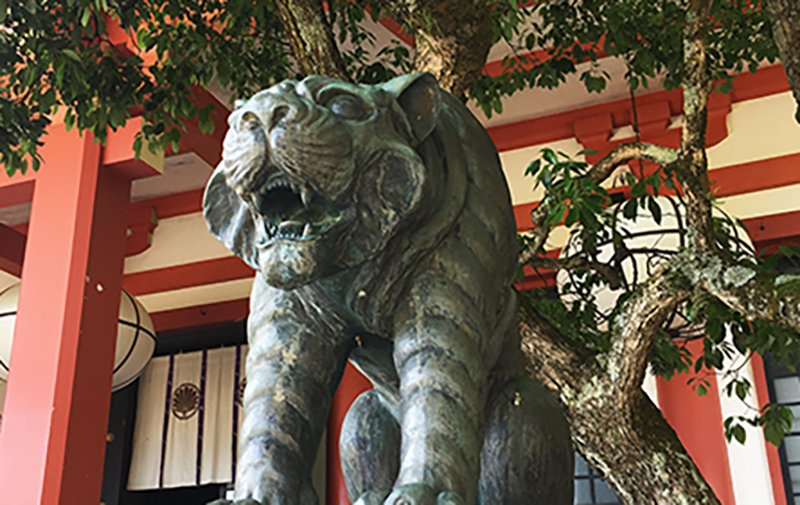
Another thing worth mentioning is the Yuki shrine; a Shinto shrine that was built around 940 by Toyotomi Hideyori (son of Toyotomi Hideyoshi). The front shrine is constructed in a rare style called Warihaiden, which is known for the passage in the center. And of course I should also mention the big statue of the Tengu near the Kurama station. It is well known for its giant nose which was recently broken by heavy snow around 2 years ago (thankfully now repaired). I should also mention that Kurama is famous for its Onsen, too. Unfortunately, this time, I didn’t have time to go – but there is always next time.
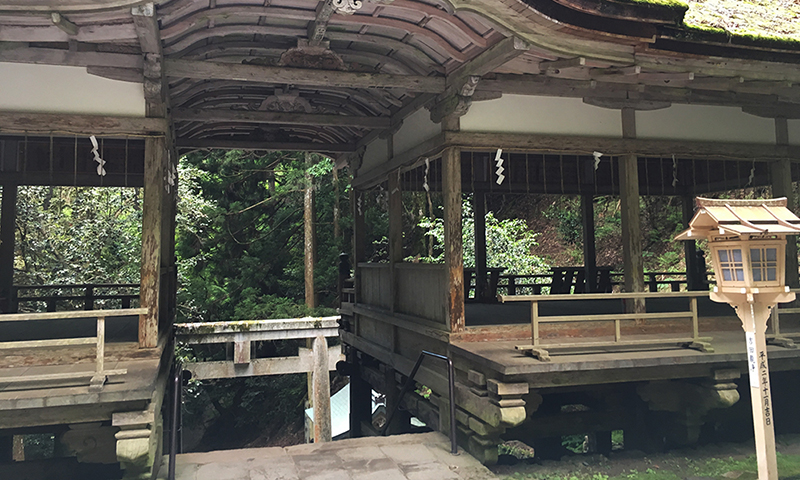
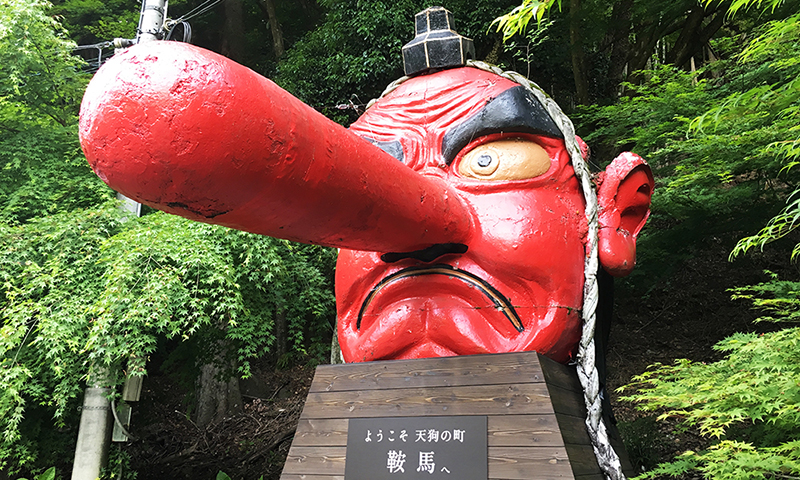
Overall my trip to Kibune and Kurama was well worth it. Especially Kurama; it has such a strong and positive aura, calming your mind and spirit but also makeing you feel stronger – rejuvenated. As it is not as crowded as most temples in Kyoto, the monks there are very kind and friendly – perfect if you want to relax and think in peace. Be careful though, during the Koyo season (all the Autumn colors) it can get more crowded than usual.



